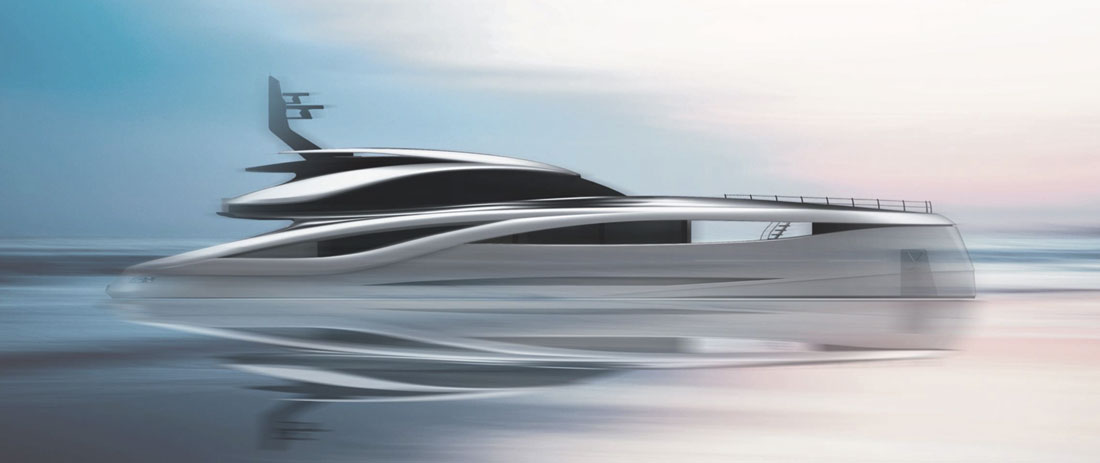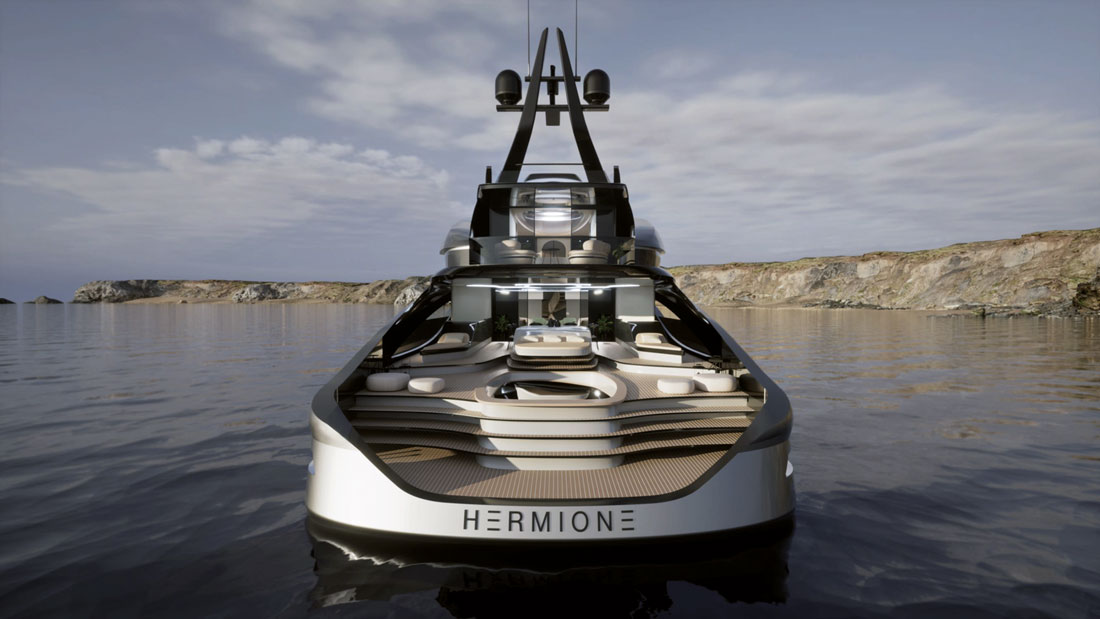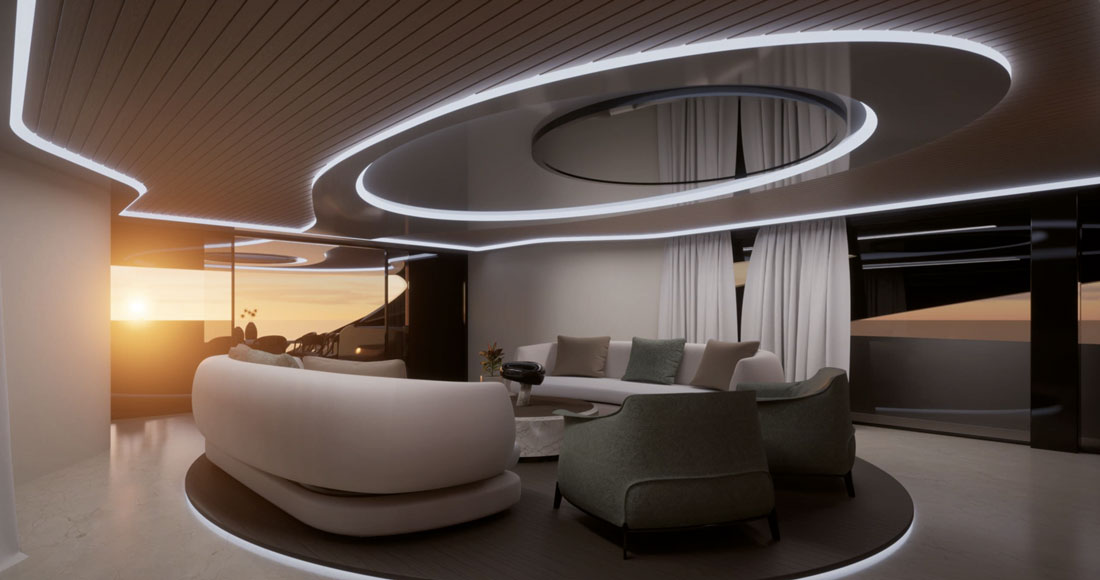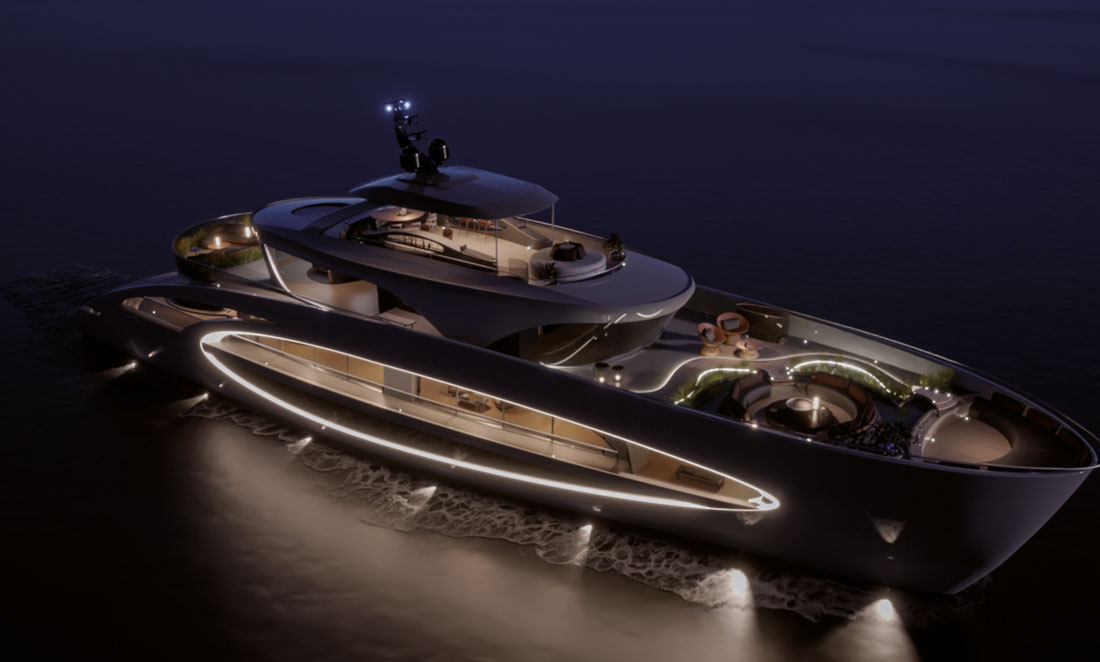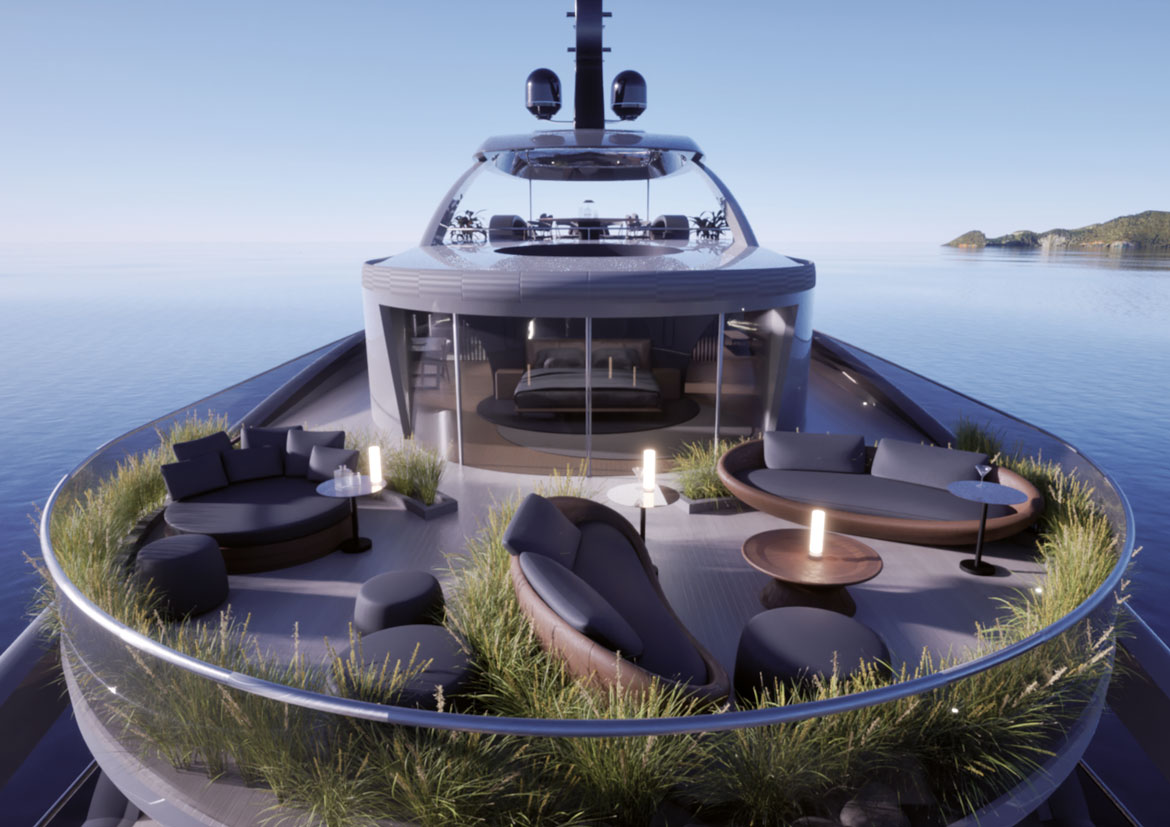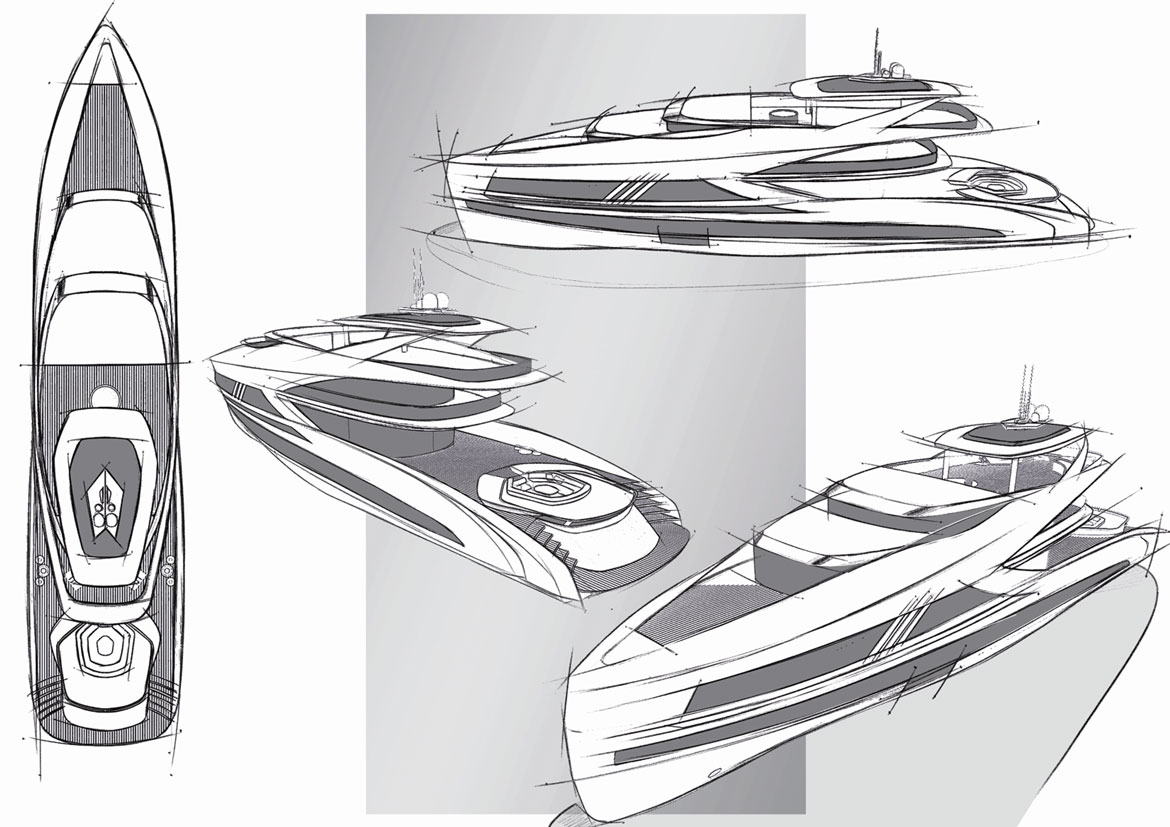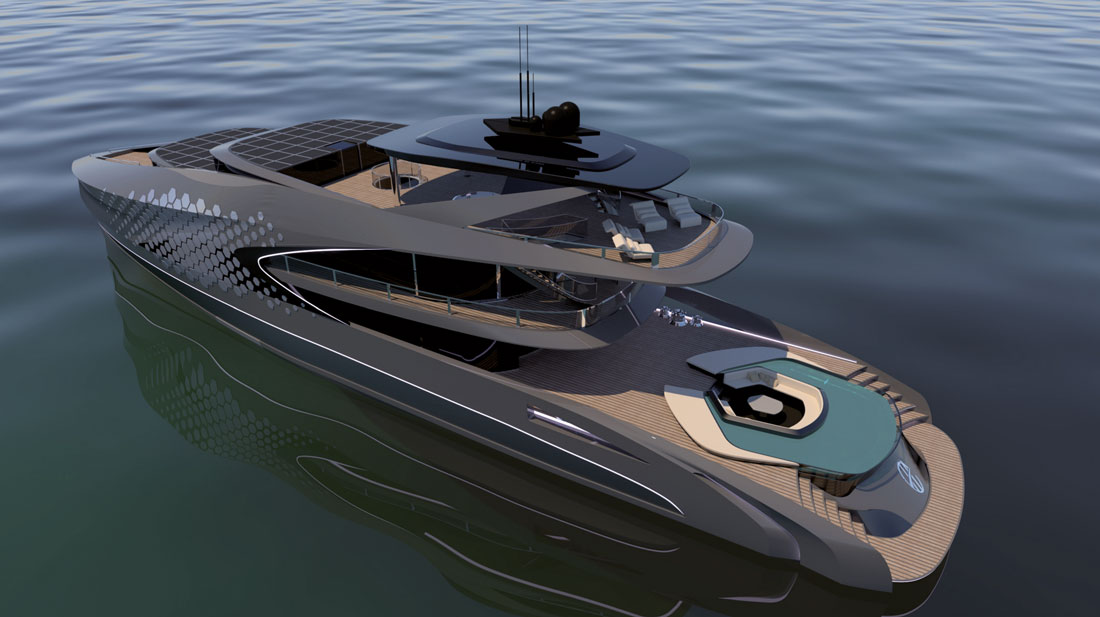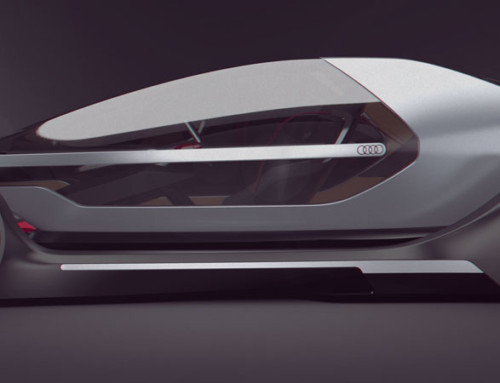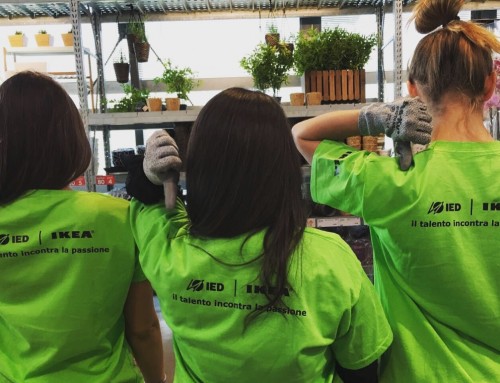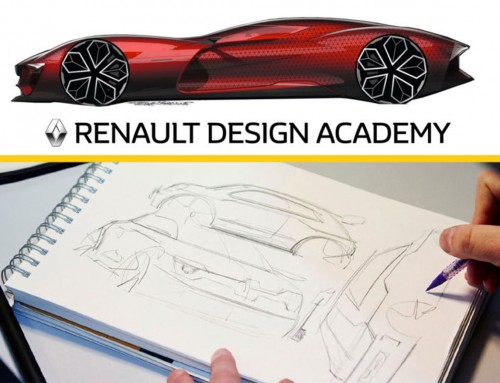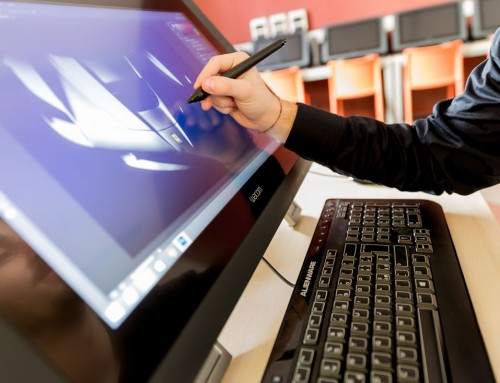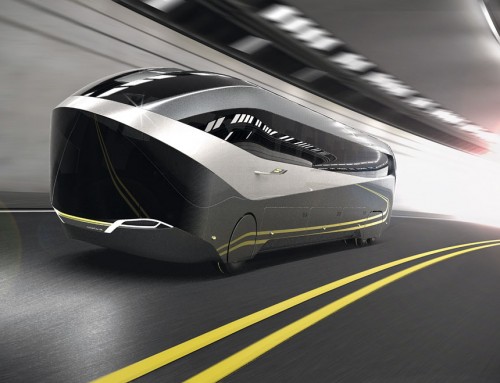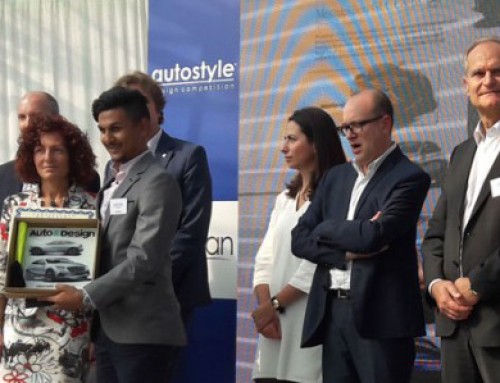The yacht design world is rapidly evolving, and the contamination with other design areas, now increasingly common, increases experimentation and stimulates research. With this in mind, IED in Turin launched the Master’s programme in Yacht Design at the beginning of 2022 with the coordination of Federica Bertolini, Design Director of Azimut Benetti Group, and designer Michele Albera, whom we met at the conclusion of the first year of the course.
“It was a very interesting experience that allowed our students to deal with two customers. On the one hand, Rossinavi, one of the most innovative brands in today’s nautical industry, and on the other, Poltrona Frau, a symbol of craftsmanship and Made in Italy tradition”, he says. “The development of the end-of-course theses involved students in a comprehensive and realistic work that took into consideration all key aspects in the conception and design of a “one-off” yacht, taking as a reference a famous character as the fictional boat owner”.
Twelve young people were involved from educational backgrounds in Architecture, Interior Design and Graphic Design who worked on three projects divided into teams of four followed by the coordinators and faculty involved, together with: Federico Rossi, Rossinavi COO at Rossinavi and Marco Gaspari, Head of Sales, Contract & Marine Business Unit of Poltrona Frau.
A fascinating and original proposal, attentive to Rossinavi’s styles, but oriented toward their future evolution. Here every detail was designed ad hoc, from the surfaces to the technical elements and interiors, for which the students designed a veritable furniture collection. Interesting attention paid to the role of light and lighting design that complements the concept.
The broadside with the eye-shaped glazing is certainly the highlight of this project, an unexpected and spectacular aesthetic solution, particularly in the nighttime solution with the luminous frame emphasising the element in the dark. The spa and sauna with distinctive furnishings, the feng shui-inspired elements, and the introduction of gardens, unusual on boats, make this a sophisticated and original proposal.
More traditional in its management of space, both externally and internally, this proposal is a tribute to sportiness. It places emphasis on a style strongly influenced by automotive design, with a sharp, taut bow that gives rise to aggressive, streamlined lines that generate the architecture and characterise its proportions.
(Full article in A&D n. 259)

